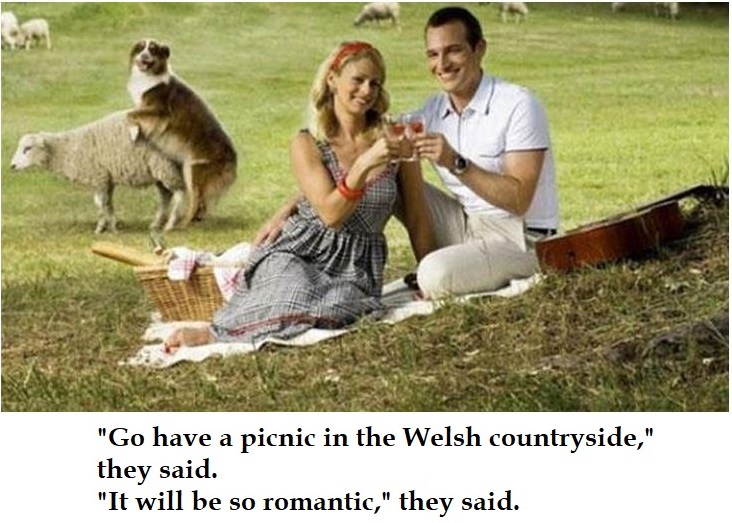As far as I’m concerned, making fun of foreigners is one of the best forms of humor, period. It has a storied tradition, and the thing about it is that the humor often contains germs of truth, if not complete truisms. Despite what today’s PC- and Snowflake generations may think, that it can be offensive is all the funnier.
When this guy posted a funny about the Welsh, apparently the sheep-shaggers took offense at the dig:

He was criticised by Welsh speakers, with Plaid Cymru leader Leanne Wood accusing him of ‘ignorance’ and a ‘lack of culture’.
Ms Wood tweeted him saying: ‘As the chair of the Barbican centre in London, why would you show such ignorance, spite and lack of culture as you have displayed in this tweet?
‘If it was meant to be a joke, it just isn’t funny. An apology would be good.’
Frankly, I think it’s hysterically funny, but it seems that I may be in the minority. [#Don’tCare]
I’m therefore starting a category on this here website which does nothing but poke fun at furriners of all races, creeds and colors. (I know, this is not exactly a new concept on my back porch, but now I’m formalizing the thing.) So on the subject of the Welsh, here’s another one:

And from the “What Did You Expect? They’re Welsh! ” Department comes this wonderful headline:
Football superstar Gareth Bale calls OFF wedding after fiancee’s father was jailed, brother-in-law died and grandparents got caught in bizarre feud over suitcase full of £750,000 cash (AND after they tried to hire Beyonce as the wedding singer)
I supposed Tom Jones was already booked.
Feel free to add your own Welsh (-only) jokes in Comments (and as always, don’t be shy — as long as it’s funny).
Next time I’ll pick on another nationality.
And by the way, just in case someone is curious: there will be no apologies in this department, ever.
Afterthought: Alert Reader KyleM tells me in an email that the pic is incorrect: if that were truly in Wales, it would be the shepherd shagging the sheep, not his sheepdog. Kyle gets a Kimbo Award for making me spew my morning gin all over the keyboard.




